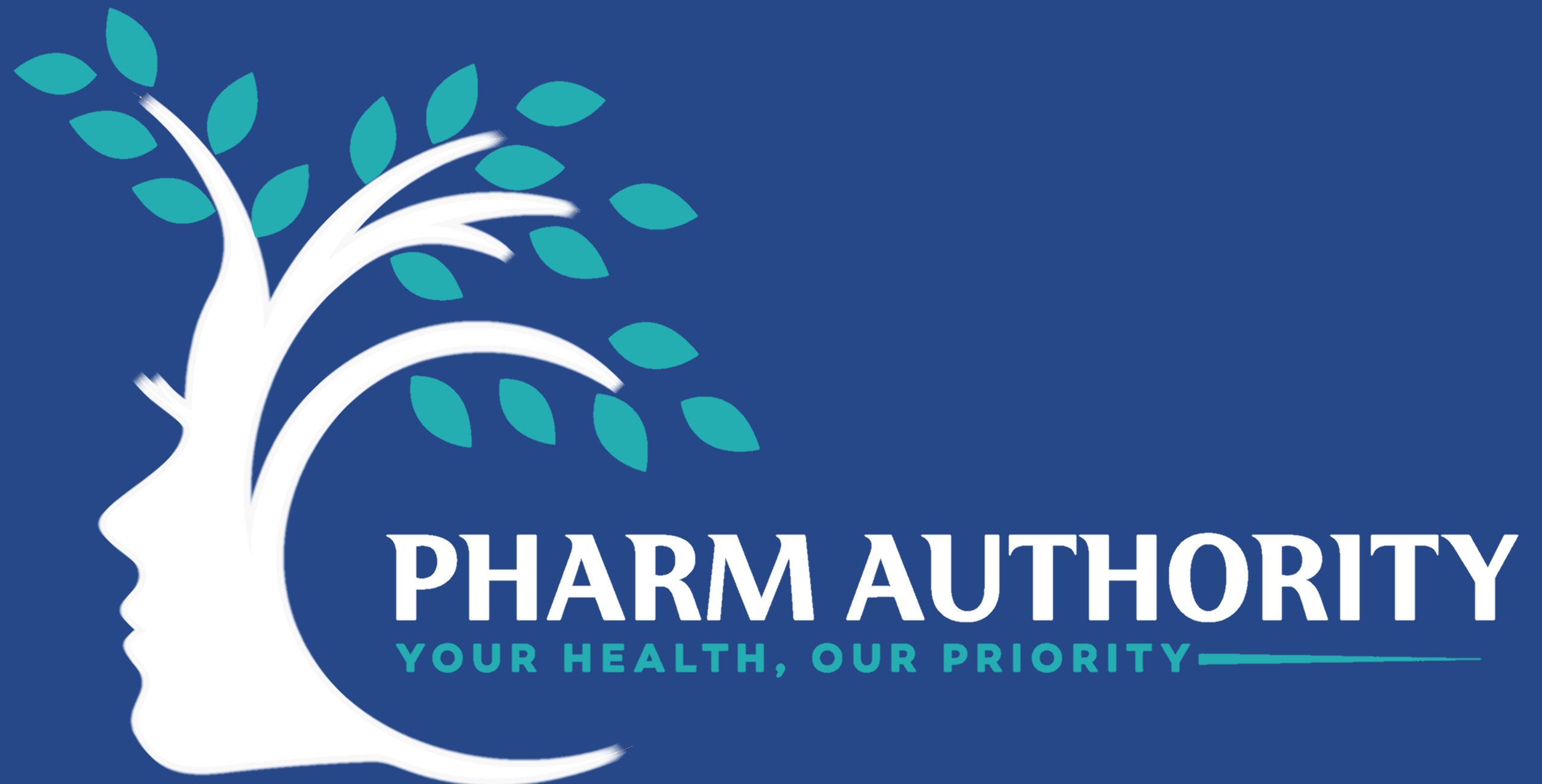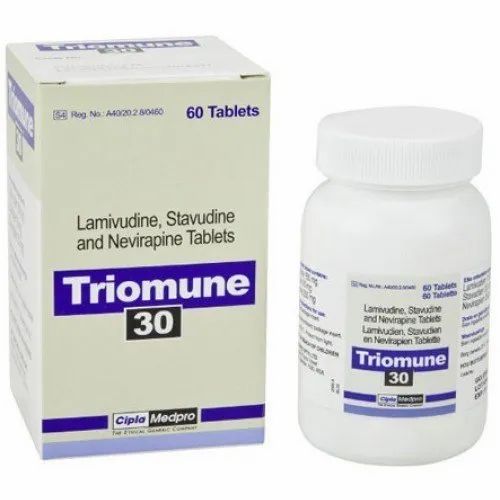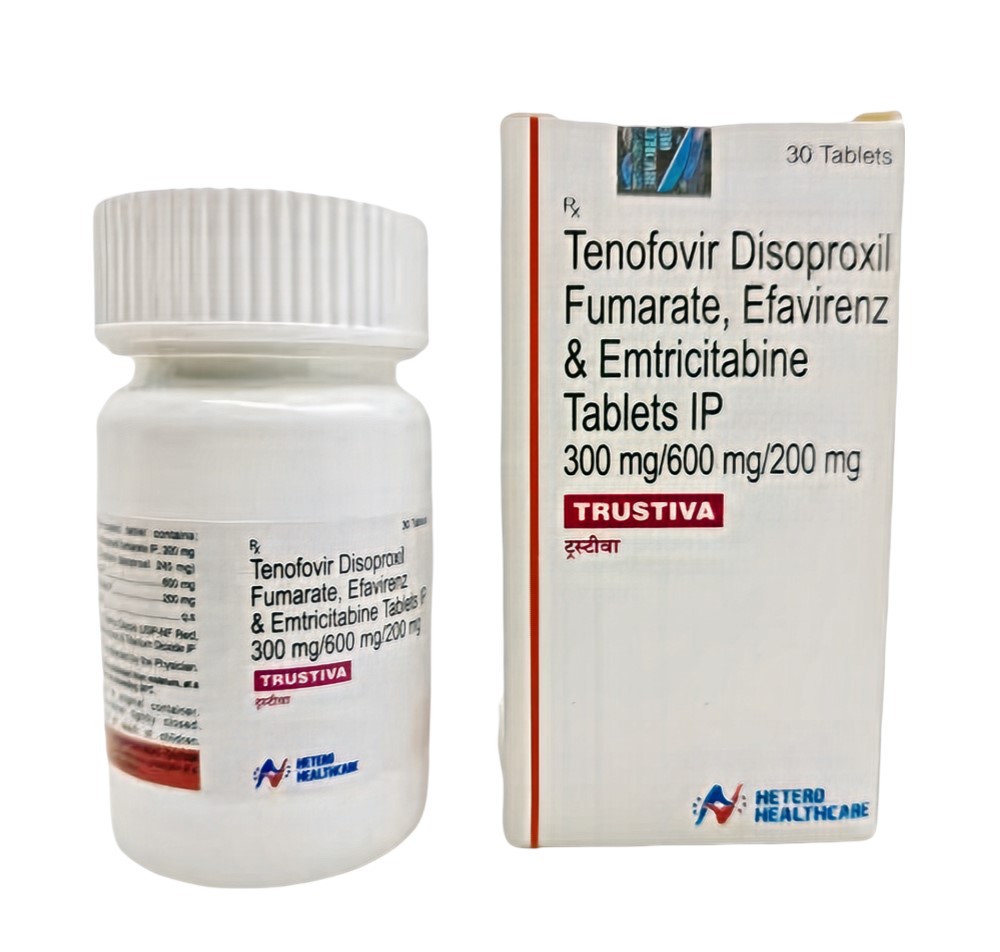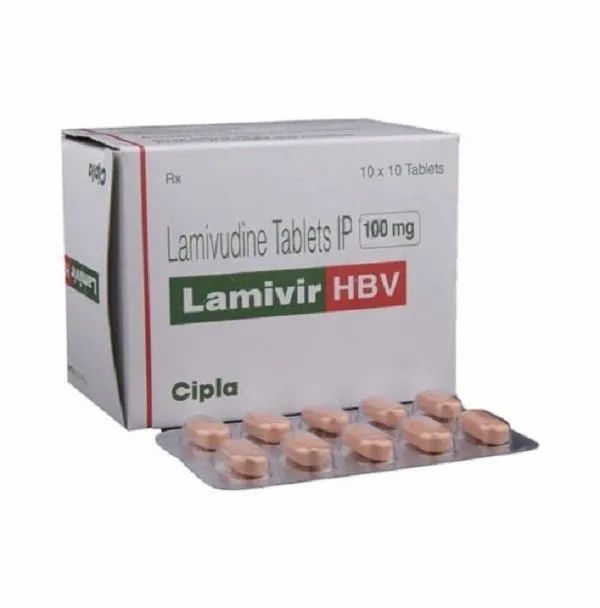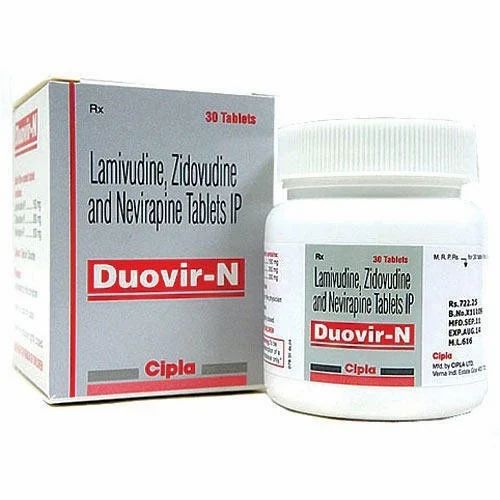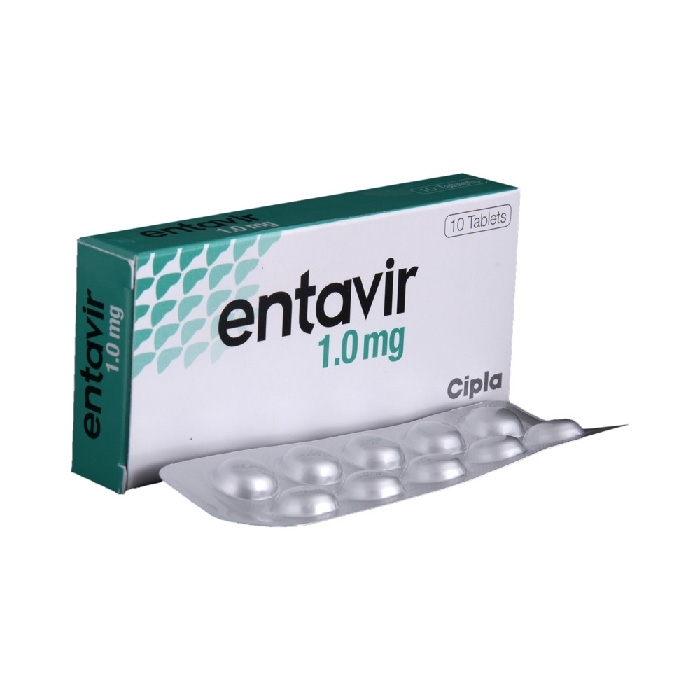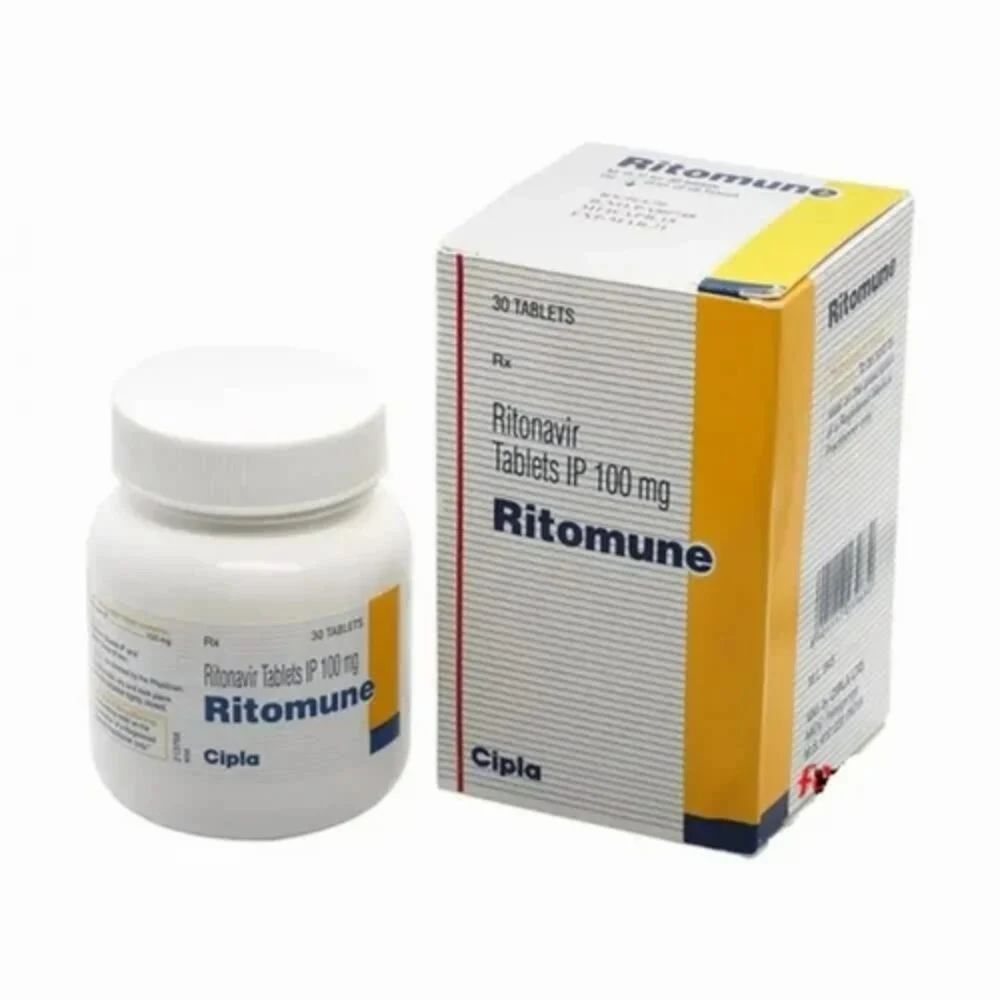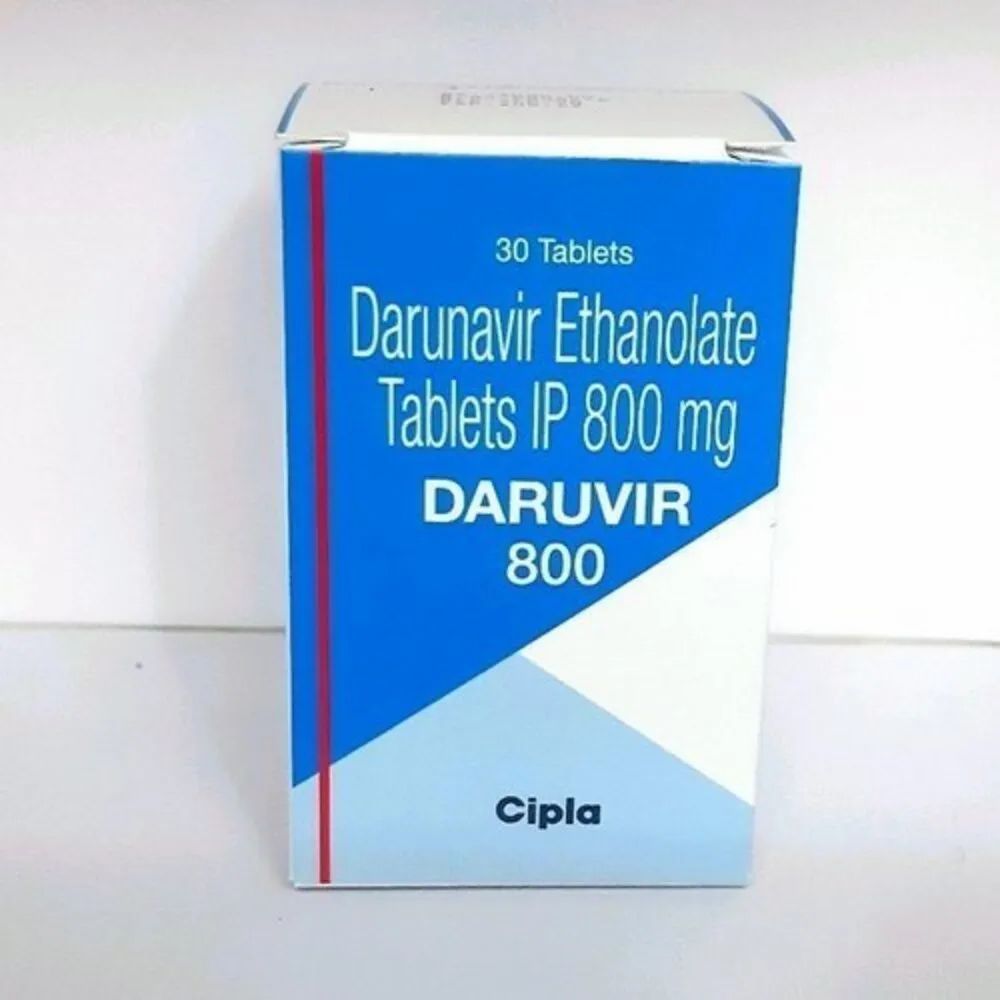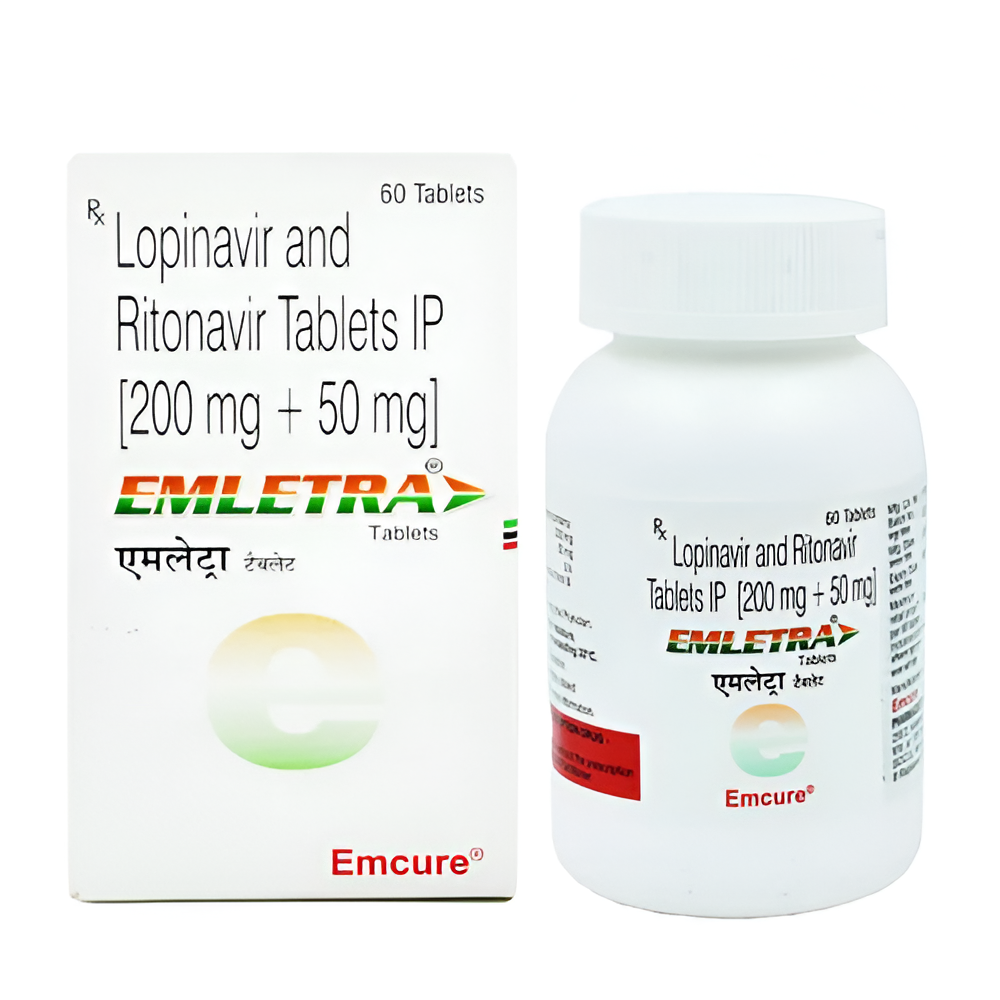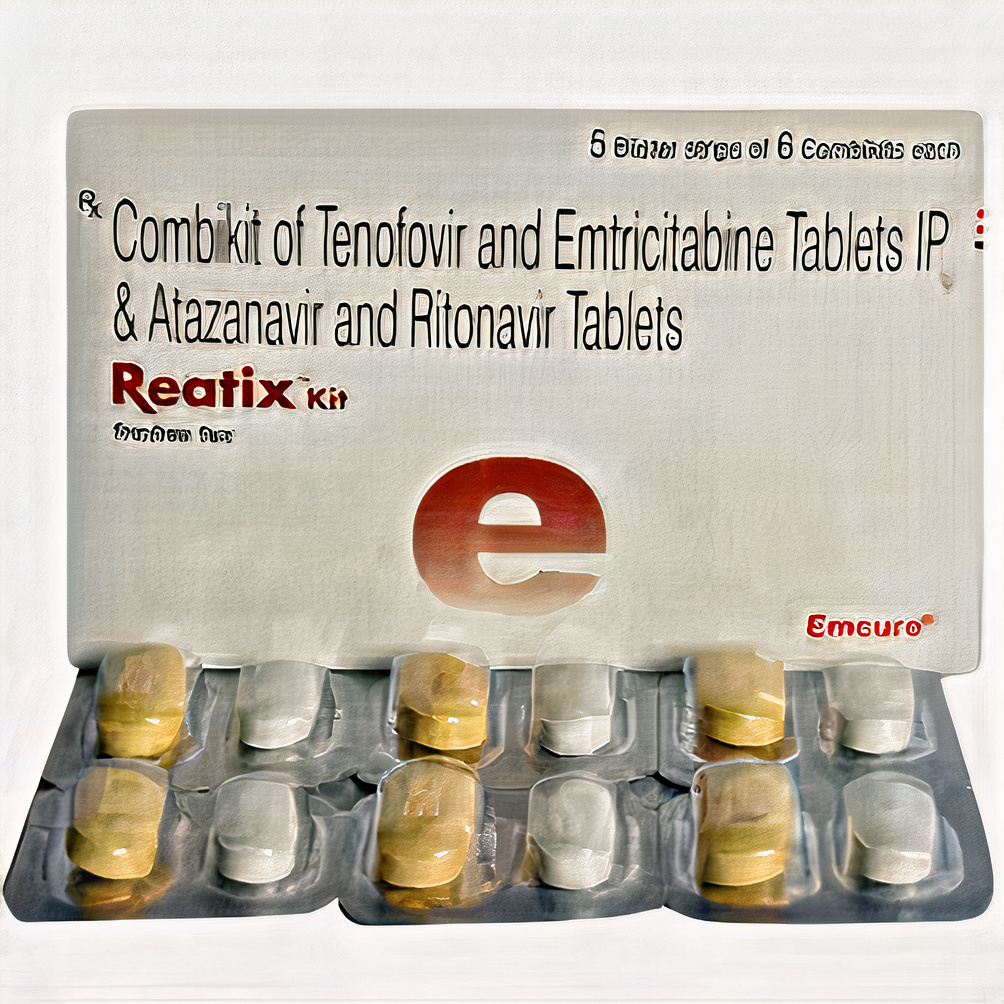Description
Triomune (Lamivudine 150mg + Stavudine 30mg + Nevirapine 200mg)
Triomune (Lamivudine 150mg + Stavudine 30mg + Nevirapine 200mg) is a powerful combination of antiretroviral medicines used primarily for the treatment of HIV infection. This medication enhances the immune system, enabling it to combat the HIV better, thereby aiding in the management or treatment of AIDS. Triomune (Lamivudine 150mg + Stavudine 30mg + Nevirapine 200mg) works by preventing the multiplication of the virus in the body, significantly reducing the risk of HIV-related complications and improving the individual’s lifespan. For optimal efficacy, taking this medicine on an empty stomach is recommended.
Uses Of Triomune (Lamivudine 150mg + Stavudine 30mg + Nevirapine 200mg)
- Treatment of HIV infection
- Boosting immunity in HIV patients
- Reducing the risk of HIV-related complications
- Improving the lifespan of HIV-positive individuals
- Management of acquired immunodeficiency syndrome (AIDS)
Treatment of HIV infection. Triomune (Lamivudine 150mg + Stavudine 30mg + Nevirapine 200mg) helps in the suppression of HIV replication within the body.
Strengthening immunity in HIV patients. This medication aids in enhancing the body’s immune response against the HIV infection.
Reducing the risk of HIV-related complications. It lowers the chances of developing complications associated with HIV, such as opportunistic infections.
Enhancinglifespan of HIV-positive individuals. By controlling the infection, Triomune (Lamivudine 150mg + Stavudine 30mg + Nevirapine 200mg) helps improve the longevity and quality of life for those affected.
Management of acquired immunodeficiency syndrome (AIDS). This combination therapy is integral for managing AIDS, ensuring the patients lead healthier lives.
Safety & Precautions
- Consult your doctor before starting this medication if you are pregnant or breastfeeding.
- Your doctor may suggest regular blood tests to monitor blood counts and bodily functions.
- Avoid consuming alcohol as it may increase the intensity of side effects.
- Do not breastfeed if you are HIV positive to prevent transmission to the baby.
- Avoid driving as this medicine may cause drowsiness or dizziness.
- Do not miss a dose, and complete the full course as prescribed by the doctor.
- Inform your doctor if you have a history of liver or kidney disease.
- Use safe sex methods to prevent HIV transmission during intercourse.
- Keep personal grooming items, like razors or toothbrushes, separate from others.
- Always take the medication on an empty stomach for better efficacy.
Side Effects
Most side effects do not require any medical attention and disappear as your body adjusts to the medicine. Consult your doctor if they persist or if you’re worried about them.
- Headache
- Insomnia (difficulty in sleeping)
- Nausea
- Diarrhea
- Rash
- Vomiting
- Hypersensitivity
- Tiredness
- Dryness in the mouth
- Fever
- Dizziness
- Drowsiness
- Fatigue
- Muscle pain
- Cough
FAQ
1. How to take Triomune (Lamivudine 150mg + Stavudine 30mg + Nevirapine 200mg)?
Take Triomune (Lamivudine 150mg + Stavudine 30mg + Nevirapine 200mg) exactly as prescribed by your doctor. Swallow the tablet whole with water, preferably on an empty stomach for maximum efficacy. Do not crush, chew, or break the tablet. It’s important to take this medication at the same time each day to maintain consistent levels in your body.
2. What should I do if I miss a dose of Triomune (Lamivudine 150mg + Stavudine 30mg + Nevirapine 200mg)?
If you miss a dose, take it as soon as you remember. If it is almost time for your next dose, skip the missed dose and continue with your regular schedule. Do not take a double dose to make up for a missed one as this can increase the risk of side effects and potentially affect the treatment’s effectiveness.
3. Can I consume alcohol while taking Triomune (Lamivudine 150mg + Stavudine 30mg + Nevirapine 200mg)?
It is advised to avoid alcohol consumption while taking this medication. Alcohol can increase the intensity of side effects such as dizziness and drowsiness, and it may also interfere with the efficacy of the medication. Always consult your doctor for personalized advice specific to your health condition.
4. Are there any specific tests I need to undergo while taking Triomune (Lamivudine 150mg + Stavudine 30mg + Nevirapine 200mg)?
Yes, your doctor may recommend regular blood tests to monitor your blood counts and assess other bodily functions. These tests are crucial in ensuring the medication is working effectively and to catch any potential side effects early. Regular monitoring helps in appropriately adjusting the dosage if necessary.
5. What precautions should be taken to prevent HIV transmission while on Triomune (Lamivudine 150mg + Stavudine 30mg + Nevirapine 200mg)?
Even while on this medication, it’s essential to practice safe sex methods such as using condoms to prevent HIV transmission. Do not share personal items like razors or toothbrushes. If you are HIV positive, do not breastfeed. Always follow your doctor’s advice to minimize the risk of transmitting the virus to others.
6. Can pregnant women take Triomune (Lamivudine 150mg + Stavudine 30mg + Nevirapine 200mg)?
Triomune (Lamivudine 150mg + Stavudine 30mg + Nevirapine 200mg) should only be used during pregnancy if prescribed by a doctor. Although limited studies are available in humans, animal studies have shown potential risks to the developing baby. Your doctor will weigh the benefits against any potential risks before prescribing it. Always consult your doctor if you are pregnant or planning to become pregnant.
Additional Information
Uses of Nevirapine
Nevirapine is a critical medication in the treatment regimen for HIV infection, primarily used for its efficacy in reducing viral load and improving immune function. It is available in various formulations including immediate-release and extended-release tablets as well as oral suspensions, making it versatile for both adult and pediatric use.
Dosages of Nevirapine
| Formulation | Dosage |
|---|---|
| Oral Suspension | 10mg/mL |
| Immediate-Release Tablet | 200mg |
| Extended-Release Tablet | 100mg, 400mg |
Adult Dosage for HIV Infection
- **Initial Dose:** 200 mg orally once a day for 14 days.
- **Maintenance Dose:** If no rash occurs, increase to 200 mg every 12 hours; wait until the rash is resolved before increasing if it occurs.
Prevention of Maternal-Fetal HIV Transmission
- **Initial Dose:** 200 mg orally as a single dose at the onset of labor, in combination with Intravenous zidovudine.
Extended-Release Dosage
- **When initiating therapy:** Give an immediate-release tablet of 200 mg orally once a day for 14 days, then switch to an extended-release tablet of 400 mg orally once a day.
- **Switch from immediate-release:** If already taking an immediate-release regimen, switch to extended-release 400 mg orally once a day without a 14-day lead-in period.
Pediatric Dosage for HIV Infection
| Age Group | Dosage |
|---|---|
| Children below 15 days | Safety and efficacy not established |
| Children above 15 days to 16 years | 150 mg/m² orally once a day for 2 weeks; if no rash, then increase to 150 mg/m² orally every 12 hours; not to exceed 200 mg/dose |
| Children above 16 years | As adults; 200 mg orally once a day for 2 weeks; if no rash or untoward effect occurs, then increase to 200 mg orally every 12 hours |
Pediatric Dosage for Extended-Release
- **Children below 6 years:** Safety and efficacy not established.
- **Children 6-18 years:**
- **Switch from immediate-release:** If already taking immediate-release, switch to extended-release without a 14-day lead-in period.
- **Initial therapy:** Initiate with immediate-release 150 mg/m² orally once a day for 14 days (not to exceed 200 mg/day), then use an extended-release dose based on BSA as follows:
- 0.58-0.83 m²: 200 mg orally once a day
- 0.84-1.16 m²: 300 mg orally once a day
- Above 1.17 m²: 400 mg orally once a day
Alternate Dosing Based on HIV Treatment Guidelines (March 2016)
- **Children below 1 month (investigational dose):**
- 34-37 weeks gestational age: 4 mg/kg/dose orally two times a day for 1 week, then increase to 6 mg/kg/dose two times a day thereafter.
- Above 37 weeks gestational age: 6 mg/kg/dose orally two times a day.
Prevention of Maternal-Fetal HIV Transmission in Neonates
| Birth Weight | Dosage |
|---|---|
| 1.5-2 kg | 8 mg/dose orally |
| Above 2 kg | 12 mg/dose orally |
| Administer 3 doses in the first week of life; 1st dose 48 hr after birth, give 2nd dose 48 hours after the 1st dose, and 3rd dose 96 hr after 2nd dose. Recommended in combination with 6 weeks of zidovudine. | |
Drug Interactions
Nevirapine interacts with multiple medications, necessitating careful consideration and communication with healthcare professionals.
Severe Interactions
- Severe interactions with at least 21 other drugs
Serious Interactions
- Serious interactions with at least 92 other drugs
Moderate Interactions
- Moderate interactions with at least 195 other drugs
Minor Interactions
- Minor interactions with at least 55 other drugs
This information does not contain all possible interactions or adverse effects. Visit the RxList Drug Interaction Checker for any drug interactions.
Before using this product, inform your doctor or pharmacist about all the products you use. Keep a list of all your medications and share this information with your healthcare provider to prevent harmful interactions.
Dosage Considerations
- Adjust dosages based on individual response and tolerance.
- Consult with a healthcare provider for personalized dosage recommendations.
It’s vital to follow medical advice and disclose all other medications being taken to ensure the safe use of nevirapine, especially due to its extensive interaction profile.
Warnings and Precautions
Contraindications
- Hypersensitivity
- Moderate or severe hepatic impairment (Child-Pugh class B or C)
- Coadministration with drugs (e.g., CYP inducers) where significant decreases in nevirapine plasma concentrations may occur, may result in loss of virologic response and possible resistance.
Cautions
- Do not restart therapy following severe skin rash or hypersensitivity reaction.
- Risk of severe, life-threatening skin reactions including Stevens-Johnson syndrome and toxic epidermal necrolysis.
- Discontinue if severe rash or any rash accompanied by constitutional findings occurs.
- Risk of immune reconstitution syndrome if used in combination with other antiretroviral drugs.
- Redistribution/accumulation of body fat may occur (cushingoid appearance).
- Risk of hepatotoxicity and severe hepatic events, including fatalities.
- Rhabdomyolysis reported in some patients experiencing skin and/or liver reactions associated with therapy.
- Hepatitis/hepatic failure may be associated with signs of hypersensitivity which can include severe rash or rash accompanied by fever, general malaise, fatigue, muscle or joint aches, blisters, oral lesions, conjunctivitis, facial edema, eosinophilia, granulocytopenia, lymphadenopathy, or renal dysfunction; patients with signs or symptoms of hepatitis should discontinue therapy immediately and seek medical evaluation.
- First 18 weeks of therapy require intensive clinical and laboratory monitoring to detect potentially life-threatening hepatic events; some experts recommend more frequent monitoring.
- After the initial 18-week period, frequent clinical and laboratory monitoring should continue throughout treatment.
- Hepatic injury may progress despite treatment discontinuation.
Factors Increasing Risk
- Female gender
- Higher CD4 counts
Pregnancy & Lactation
- A pregnancy exposure registry monitors pregnancy outcomes in women exposed to nevirapine during pregnancy. Healthcare providers are encouraged to register patients by calling the Antiretroviral Pregnancy Registry (APR) at 1-800-258-4263.
- Available data from the APR show no difference in risk of overall major birth defects for nevirapine compared with the background rate for major birth defects of 2.7% in the U.S. reference population of the Metropolitan Atlanta Congenital Defects Program (MACDP).
- The rate of miscarriage is not reported in the APR.
- Severe hepatic events, including fatalities, were reported in pregnant women receiving chronic therapy as part of combination treatment of HIV-1 infection.
- Regardless of pregnancy status, women with CD4+ cell counts greater than 250 cells/mm³ should not initiate therapy unless the benefit outweighs the risk; it is unclear if pregnancy augments the risk observed in non-pregnant women.
Lactation
- The Centers for Disease Control and Prevention recommend that HIV-1 infected mothers in the United States not breastfeed infants to avoid risking postnatal transmission of HIV-1 infection.
- Published data report that nevirapine is present in human milk; there are limited data on the effects of nevirapine on the breastfed infant.
- There is no information on effects of nevirapine on milk production.
- Because of the potential for (1) HIV-1 transmission (in HIV-negative infants), (2) developing viral resistance (in HIV-positive infants), and (3) serious adverse reactions in nursing infants, mothers should not breastfeed if they are receiving therapy.
- Published literature indicates that rash and hyperbilirubinemia have been observed in infants exposed to nevirapine through breastmilk.
In conclusion, while Nevirapine is a critical component in HIV treatment protocols, its administration requires careful consideration, monitoring, and adherence to dosage guidelines to mitigate risks and enhance its efficacy.
